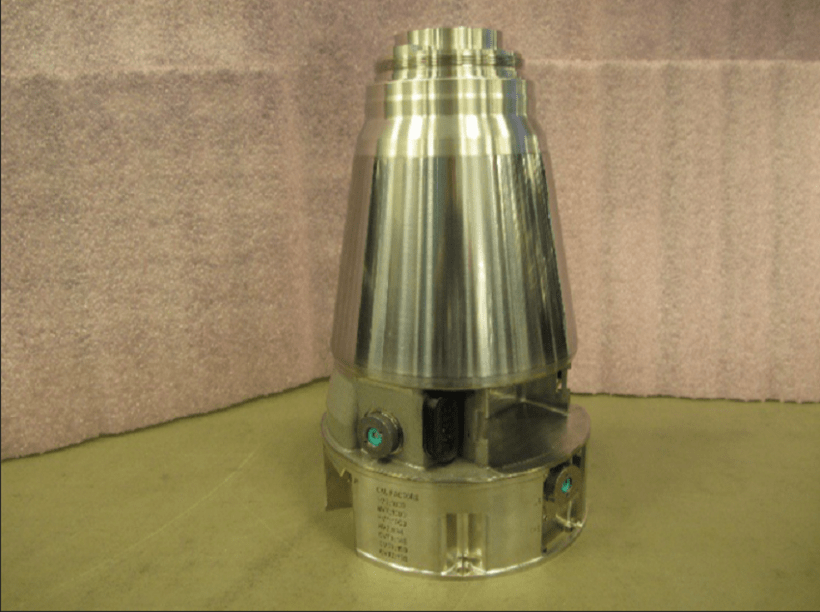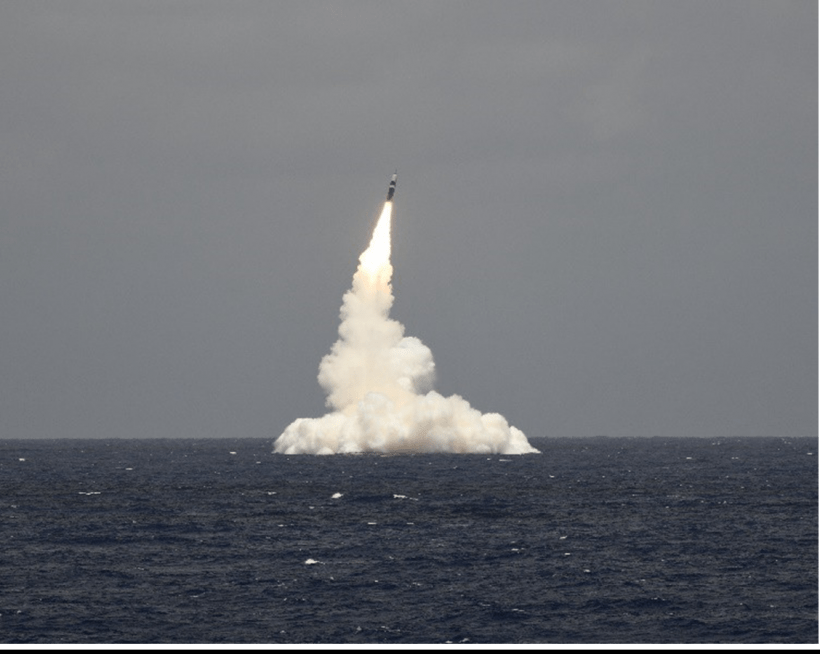First Upgraded W88/Mk5 Nuclear Warheads Completed After 18 Month Delay
The delayed refurbishment of the US Navy’s nuclear arsenal is underway after a series of delays. The Department of Energy announced the first piece of new alteration to W88 nuclear warheads has been completed by the National Nuclear Security Agency (NNSA) on 1 July, 2021. The details of Alteration (Alt) 370 remain classified, yet the entire process of modernization received a great deal of media coverage on its problems and faults.

The W88/Mk5 strategic warhead entered the U.S. nuclear stockpile in 1988 and is deployed on the U.S. Navy’s Ohio-class ballistic missile submarines and launched with the use of the Trident II ballistic missile. In 2009, the NNSA and DoD initiated a program to refurbish the W88/Mk5 in order to address aging issues and to maintain the state of readiness of the nuclear deterrent. According to the NNSA, the Alt 370 modernization effort updates the fuzing, arming, and firing subsystem; decreases the risk of malfunction; replaces the conventional high explosive and associated materials; and incorporates a lightning arrestor connector, trainers, flight test assemblies, and associated handling gear. However, the initial plan to deliver the first upgraded warhead back in 2019 fell short due to a failure of $5 capacitators that eventually had to be exchanged for better versions, which cost 15 times more. This issue cost nearly $1 billion and 18 months of delay to the program.
The upgrade of the warheads will continue for the next five years, yet, the rest of the US nuclear arsenal is also awaiting its refurbishment.
In order to keep up with the state of the nuclear arsenal, the DoE, in cooperation with the NNSA, launched the Sierra supercomputer that was set up in Lawrence Livermore National Laboratory to simulate the effectiveness of the deteriorated weapons. A rough estimation done back in 2017 states that the entire enterprise of modernization of the warheads in the US can cost up to $1.2 trillion. This exceeds the budget for the majority of the costs of various projects undertaken by the Department of Defense.

